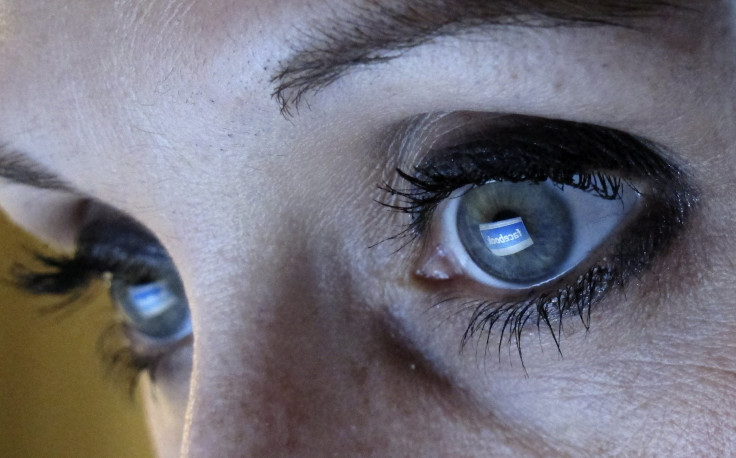Apple’s Mixed Reality Headset To Feature Advanced ‘Gaze Prediction’

A new patent reveals Apple is hard at work to bring advanced features to its future mixed reality headset. The new patent is for “gaze prediction” technologies.
According to the patent, recently published by the U.S. Patent and Trademark Office and seen by Patently Apple, Apple has a team of engineers working on technologies that will observe a person's eyes when wearing a mixed reality headset. This feature, aptly called “gaze prediction,” will be used for a variety of purposes including input.
The Cupertino tech giant noted in its patent that head mounted display devices can have a wide screen used to display images. This display can cover wide angles of view at high resolution. These kinds of displays will consume a lot of rendering power, image data, and not to mention energy. As a result, head mounted display devices of this kind will need to be powerful enough to do all that.
The patent noted that there's a way to lower these processing and energy requirements. By determining the location where the wearer will look at, the device can simply produce high-resolution or high-quality images at the area the wearer will focus on, and display lower-quality images elsewhere, specifically for the wearer's peripheral vision.
Apple's patent is for technologies that track where the wearer is currently looking at, and then predict where the wearer will look at next. By predicting where the user's eyes will look, the device will be able to produce high-quality images resulting in a better mixed reality headset experience.
How it does it
Apple's patent filing noted that the human eye is subject to rapid, jerky eye movements called “Saccades.” This phenomenon is when the eyes rapidly move from one fixation point to another. Saccadic eye movements make it hard for head-mounted display devices to produce high-quality images where the user is looking at.
By predicting the saccadic landing position, or the actual and final point of gaze where the eye looks at after a saccade, Apple's mixed reality headset will be able to produce high-quality images at the location where the eyes will be looking at, at the right time.
While the technology sounds remarkable, it's still a patent application at the moment, which indicates that there's no guarantee as to if and when a device with the feature will come out.
© Copyright IBTimes 2025. All rights reserved.



















